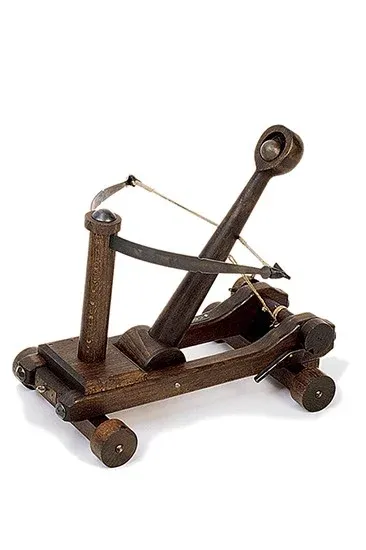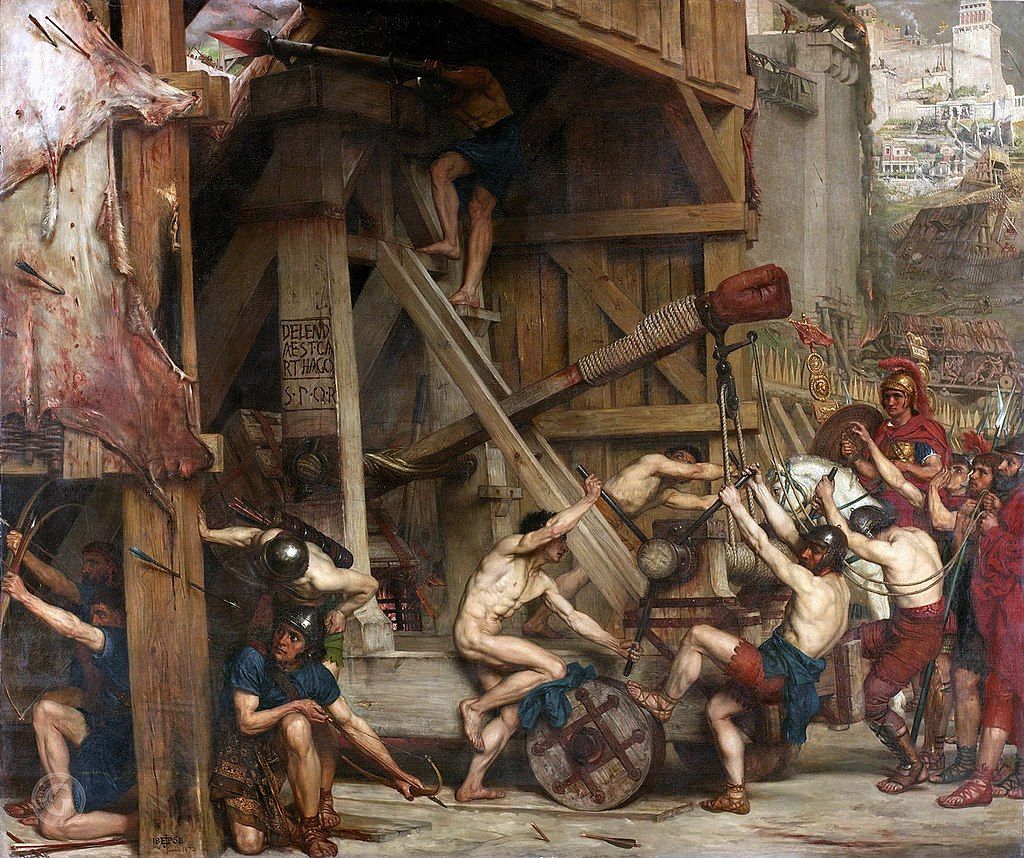What is a Catapult?
The catapult has been, for millennia, one of the most iconic war instruments and was widely used to launch large and heavy projectiles, such as stones and arrows, at enemy fortifications. These ingenious machines not only transformed the art of war but also symbolize a milestone in ancient and medieval engineering.
Origins and Development of the Catapult
The origin of catapults dates back to ancient Greece, specifically during the reign of Dionysius I of Syracuse around 400 B.C. Its invention marked a crucial point in military tactics. Later, the Carthaginians and Romans perfected these devices, turning them into essential tools for their military conquests.
Types of Catapults
Over the centuries, different types of catapults were developed, each with its own technological innovations:
- Torsion Catapults: They used strings made from animal tendons which, when twisted, stored kinetic energy. Upon release, the string would propel the throwing arm.
- Counterweight Catapults: They relied on a heavy counterweight that, when dropped, released a great force to the throwing arm, launching the projectile towards the target.
- Portable Catapults: These were smaller and lighter versions, employed for operations where mobility was crucial.

Use in the Middle Ages
In the Middle Ages, catapults continued to be a key tool in sieges. The Romans employed these devices during their extensive military campaigns with great efficacy. The larger models required wooden platforms to operate, while the smaller, portable ones allowed for use in various terrains.
Historical Examples of Catapult Usage
Catapults played a vital role in several iconic historical events:
- Siege of Motya (397 B.C.): The Greeks used catapults to conquer this Carthaginian fortress in Sicily.
- Siege of Perinthus (340 B.C.): Philip II of Macedon employed catapults during the siege in Thrace, consolidating his power in the region.
- Siege of Stirling Castle (1304): Edward I deployed a giant trebuchet nicknamed "Warwolf," which was decisive in breaching an important section of the castle wall.
Technical Innovations
Over time, engineers sought to increase the accuracy and efficiency of catapults. A notable example is the design by Leonardo da Vinci, who proposed a model that integrated a large wooden crossbow to enhance propulsion. Although his design was not realized in his time, it has been reconstructed by modern enthusiasts.

Edward Poynter, Public domain, via Wikimedia Commons
Although the advent of gunpowder marked its obsolescence as an effective war tool, catapults remain an emblem of engineering and military strategy from past times, reminding us of the inventiveness and skill of the ancients in the art of combat.




























